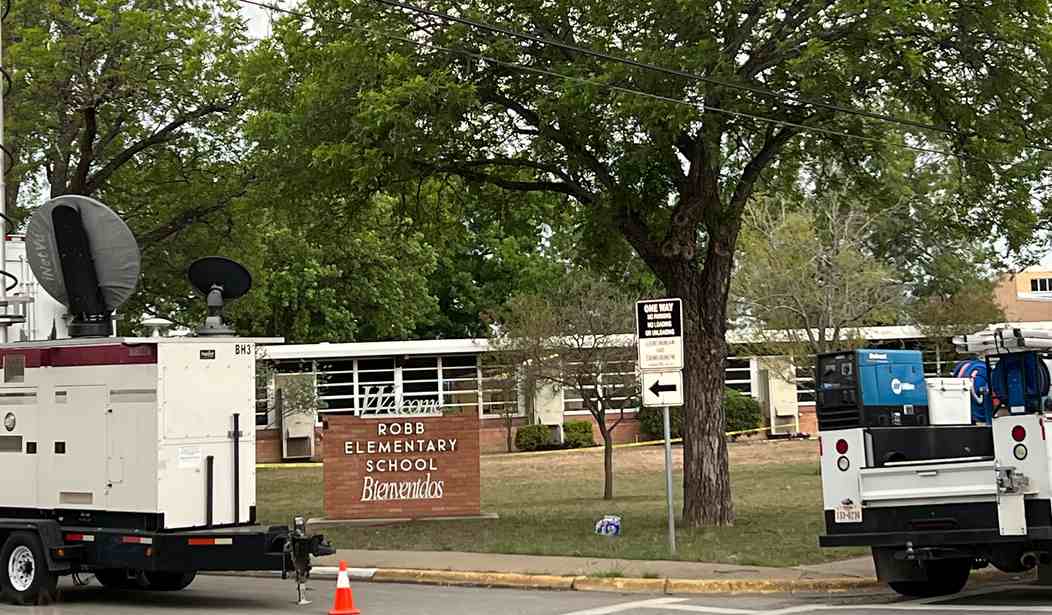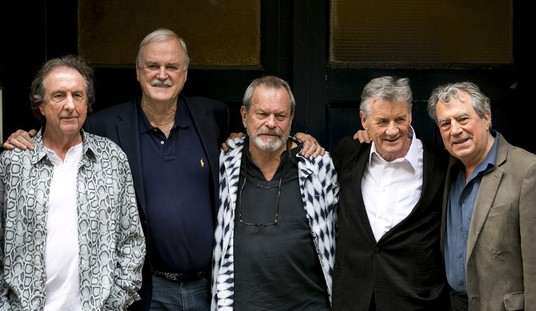Some years ago, while working as a police sergeant in South Los Angeles, I rushed to the scene in an adjacent patrol division where an officer had been shot by a robbery suspect. I arrived to find the crime scene in chaos, with officers from several patrol divisions careening in, parking their cars haphazardly, and running this way and that with no apparent purpose. Seeking to bring some order to the situation, I approached an officer standing in the middle of the intersection. “Who’s in charge?” I asked.
The officer’s back had been to me, but when he turned to face me I was surprised to see the lieutenant’s bars on his uniform collar. “I guess I am,” he said.
Yes, he was the highest-ranking officer at the scene, but he was not in charge. No one was, that is, not until I and another sergeant from the neighboring division harnessed the energy of the amassed officers and put it to constructive use.
That lieutenant may have managed his officers efficiently on a daily basis, he may have turned out well-written watch commander’s logs, and in all other ordinary circumstances he may have performed every duty expected of a patrol lieutenant satisfactorily. But in that moment of crisis, with his wounded officer’s life on the line, he failed.
This is often what happens in police work, a field in which adherence to the chain of command is relentlessly emphasized. Such adherence serves the organization well under mundane conditions, but when a crisis occurs, as happened in Uvalde, Texas, on Tuesday, the chain of command does not always produce the leader the circumstances demand. When rapid, tactical decisions are called for, the highest-ranking officer at the scene may not be the most qualified to make them, and in most cases is guaranteed not to be.
Related: The Morning Briefing: Disturbing Questions but Very Few Answers Regarding Uvalde Tragedy
If the current timeline of events is accurate (and bear in mind there have been several corrections since Tuesday), the first 911 call regarding trouble at Robb Elementary School came in at 11:30 a.m., and the gunman was not shot and killed until 12:50 p.m. As I write this, much of what occurred in the intervening 80 minutes is yet to be revealed, but it has been reported that for much of it, 19 police officers staged in the hallway outside the classroom but did not attempt to make entry, even as 911 calls from inside continued to come in to police dispatchers.
The incident commander at the time, we are told, was the school district’s police chief, whose qualifications for leadership under these circumstances will be the subject of much debate in the coming days. Steven McCraw, director of the Texas Department of Public Safety, addressed the issue with reporters on Friday. “The on-scene commander at that time believed it had transitioned from an active shooter to a barricaded subject,” McCraw said. “It was the wrong decision. Period.”
Of course the wrongfulness of the decision is apparent now, in retrospect. But in the U.S. Supreme Court decision of Graham v. Connor, we are admonished to evaluate police actions not with the benefit of hindsight, but rather “from the perspective of a reasonable officer on the scene.” Should it have been apparent that waiting in the hallway was unreasonable?
Yes. Indisputably yes.
Consider: The gunfire heard from inside the classroom was described as a “barrage” when the gunman first entered, but later became “sporadic” as officers assembled in the hallway. From this we may reasonably conclude, as the incident commander should have, that victims were being sporadically shot while he and his officers waited for a key to the door. The situation had not in fact transitioned from an active shooter to a barricaded suspect, but rather to one in which the shooter was merely less active than he had been. To wait outside under these circumstances in inexcusable.
I will grant that it is difficult to breach a door that opens outward, as most classroom doors do, but this means it was time for some creative thinking, which the school district police chief seems to have been incapable of. Judging from pictures of the school I’ve seen in news reports, there were windows that should have been considered as an alternate entryway. For that matter, in the time they waited, officers could have created an opening in the exterior wall with sledgehammers or cut a hole through the roof had they been directed to do so. Anything would have been preferable to waiting as long as they did.
Let the investigations unfold, and let the consequences fall where they may.










Join the conversation as a VIP Member